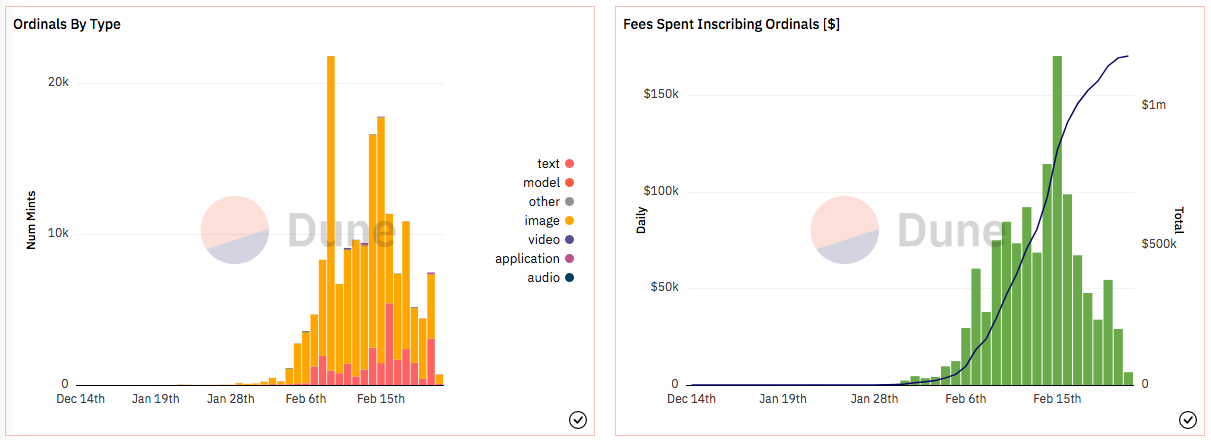Bitcoin ordinals explained
Cryptocurrency enthusiasts are always looking for the next big thing in the crypto world. And it looks like we may have found it in the Ordinals Protocol, a new way to inscribe data on small transactions on the Bitcoin blockchain. The result is something similar to a non-fungible token (NFT) called an ordinal.
What are Bitcoin ordinals and how do they work?
Ordinals are digital artifacts created through the Ordinals Protocol. Using this protocol, people can inscribe data (essentially symbols, but they can also take the form of encoded digital art) onto each satoshi (or sat) of a Bitcoin transaction. This data can include smart contracts, which in turn enables NFTs. In other words, Ordinals are NFTs you can mint directly onto the Bitcoin blockchain.
How are Bitcoin ordinals different from NFTs?
Unlike NFTs on Ethereum, which often point to off-chain data on the Interplanetary File System (IPFS), Ordinals are "complete" in that all the data is inscribed directly on-chain. This means that Ordinals are a technical improvement on NFTs, which can require off-chain data and metadata. Creator royalties are also not automatically attached to Ordinals, which some see as a feature.
Usage statistics
As you can see starting in February 2023, the usage of inscription fees to create ordinals have literally skyrocketed:

The controversy and success of Bitcoin ordinals
Despite initial controversy, the Ordinals Protocol has gained traction, with over 153,000 inscriptions created in just over three weeks after launch, and more than 5,000 created daily on average. Ordinals are proving to be successful, and some see them as a cultural change for Bitcoin. Although fewer than 130,000 Ordinals currently exist, higher barriers to entry mean that potential opportunities abound, but with higher risks.
The Future of Non-Fungible Tokens?
The emergence of Ordinals on the Bitcoin blockchain has opened up new possibilities for NFTs and the crypto industry as a whole. With the ability to inscribe data directly onto the blockchain, Ordinals are a new way to make digital art and other assets provably scarce and valuable. It remains to be seen whether Ordinals will overtake Ethereum-based NFTs, but for now, they are making waves in the crypto community.
If you're ready to take the chance and embrace the potential of Ordinals, there are a few critical points to keep in mind. But the Ordinals Protocol may just be the future of non-fungible tokens, and it's an exciting time for the crypto world.
🦄 Haven't tried Haru Invest yet?
Haru Invest is an asset management platform for cryptocurrency investors which offers automated risk-averse investment strategies. If you are not already a member of Haru Invest, you can sign-up today with bonus code HELLO:
👋 Try Haru Invest for free!
DISCLAIMER: The content of this webpage is not an investment advice and does not constitute any offer or solicitation to offer or recommendation of any investment product.